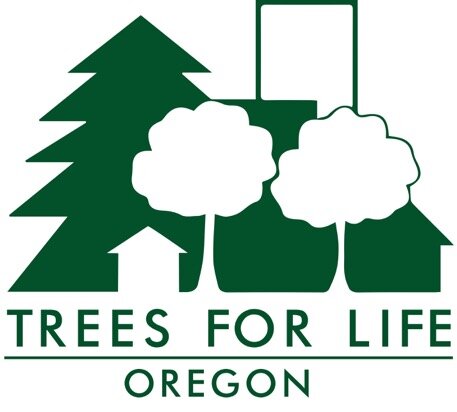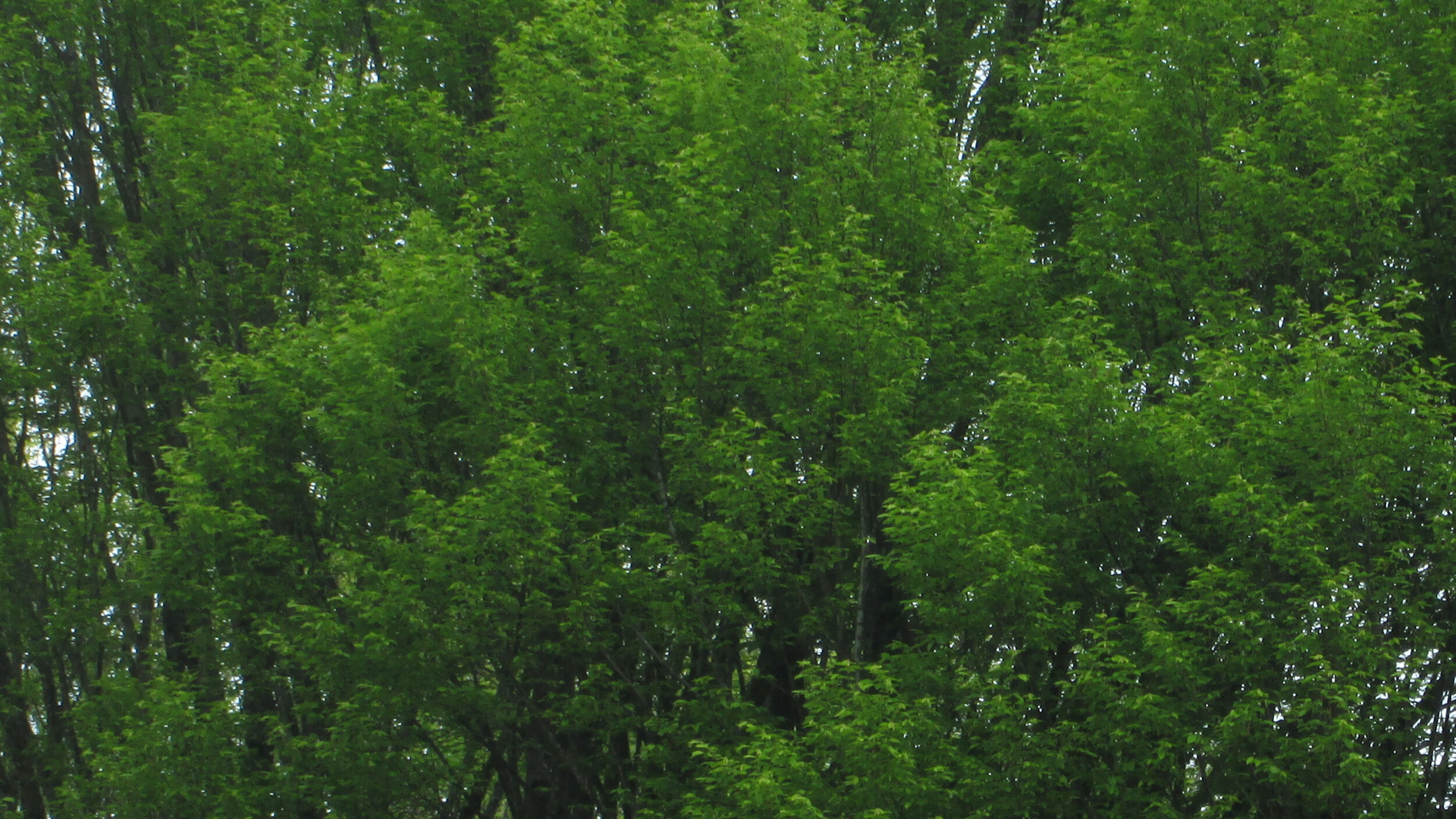
Take a quick walk with us along SE 122nd Avenue to learn about the obstacles and opportunities for planting large shade trees along East Portland's canopy-sparse north-south arteries.
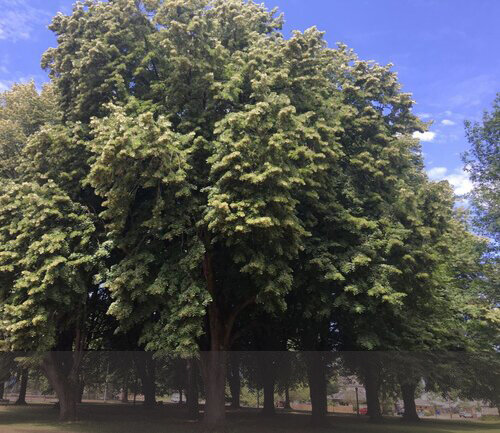
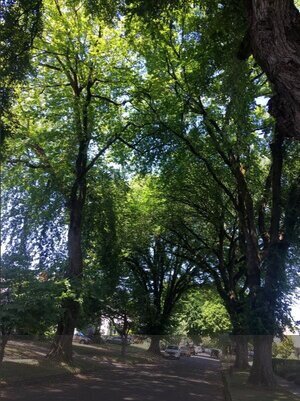
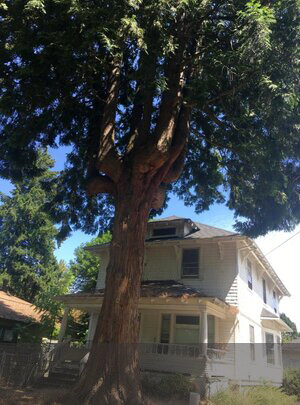
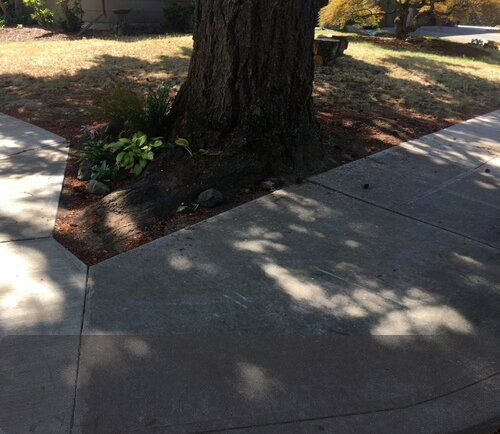

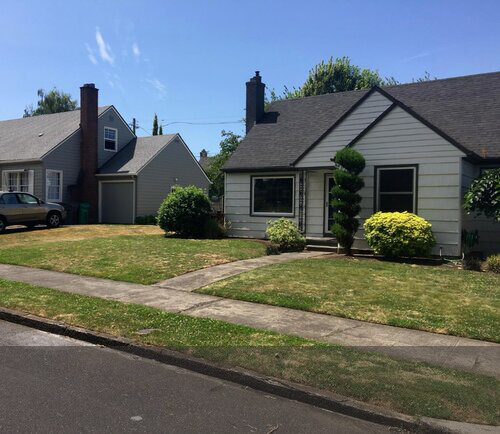

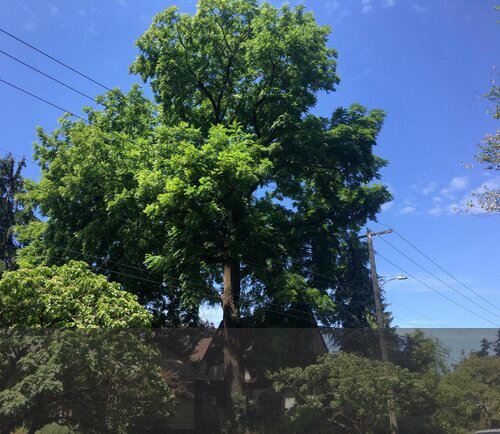
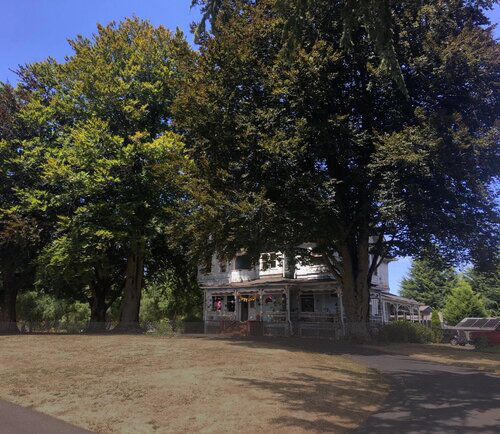
Lots such as this are prime targets for developers hoping to cash in on denser housing rules that allow them to build multiple housing units in formerly single-family neighborhoods, with trees like these European beeches receiving little protection against removal.
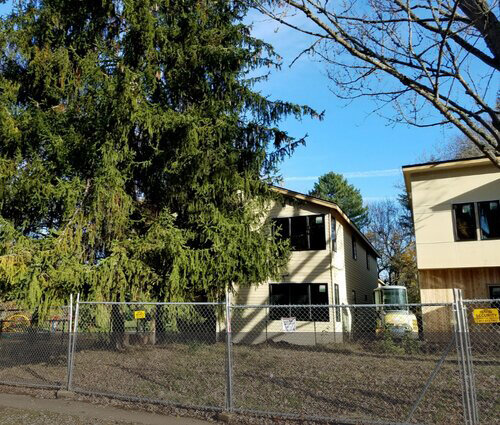
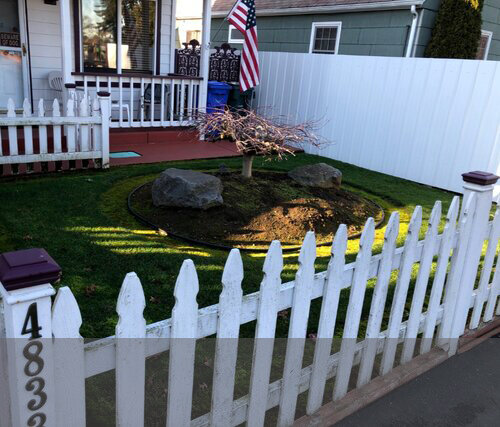
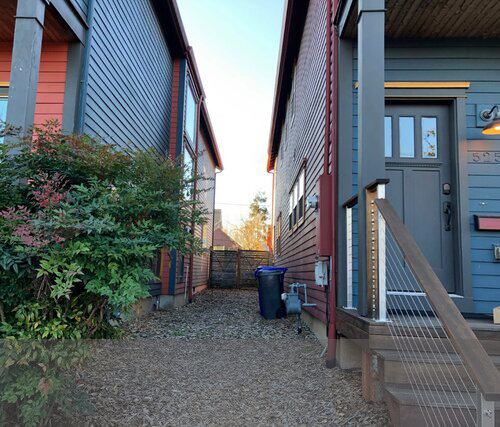
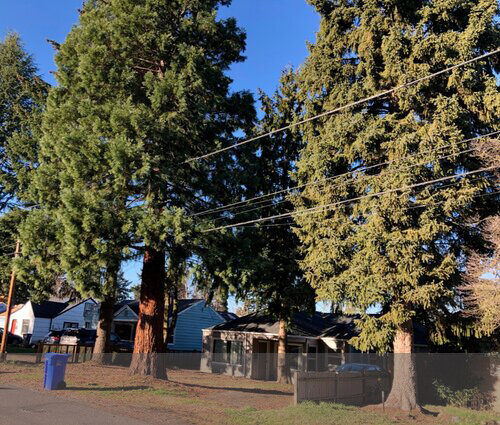
Trees on properties like these in NE Cully are ripe targets for builders of multi-unit housing in former single-family-zones. When trees like the giant sequoia here go, so go the health and environmental benefits they provide

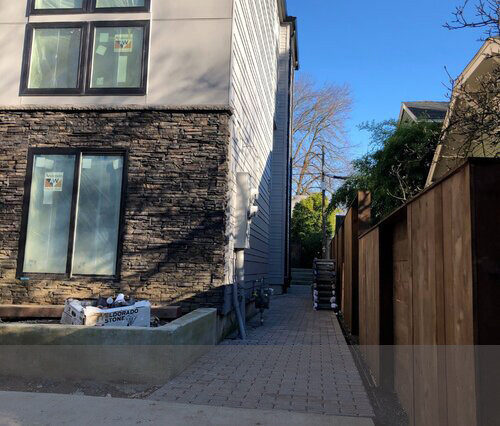
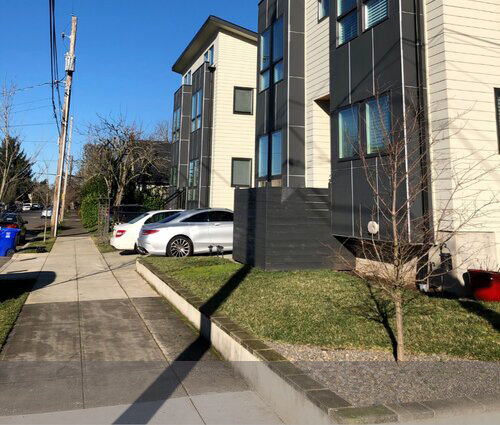
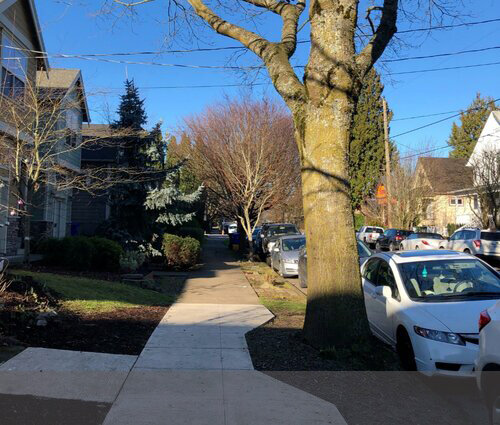
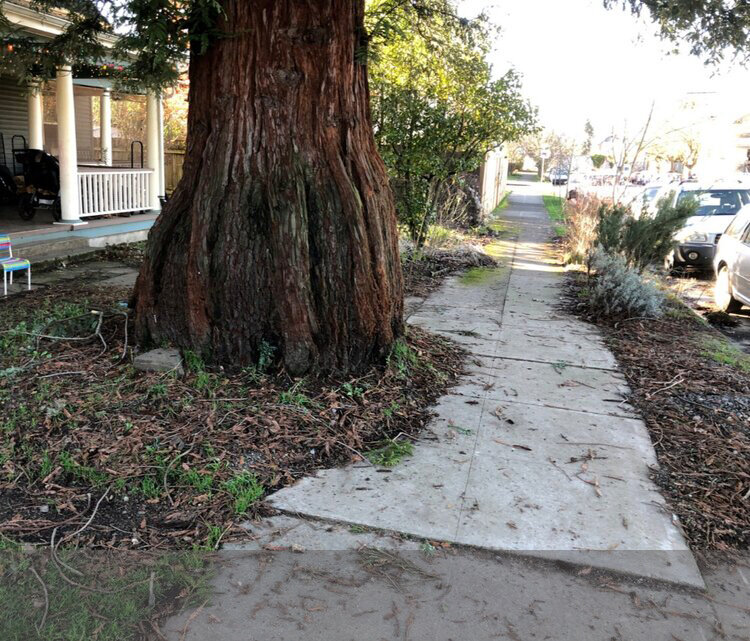
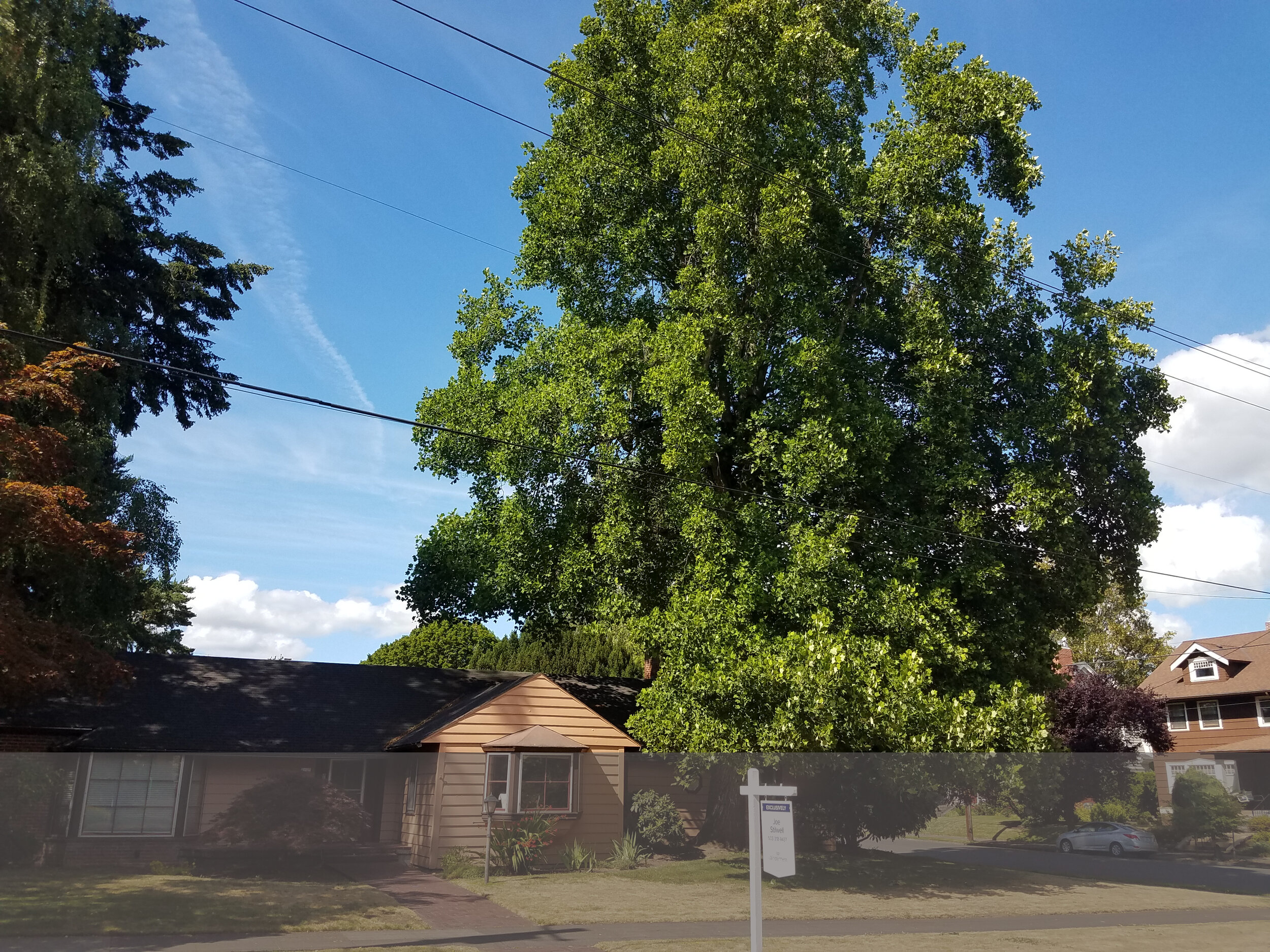

What's happening on the ground and what's at risk of being lost.
Learn why changing Portland's codes and practices around preserving large trees and space for new ones is crucial to meeting our equity and climate goals and keeping Portland livable.
